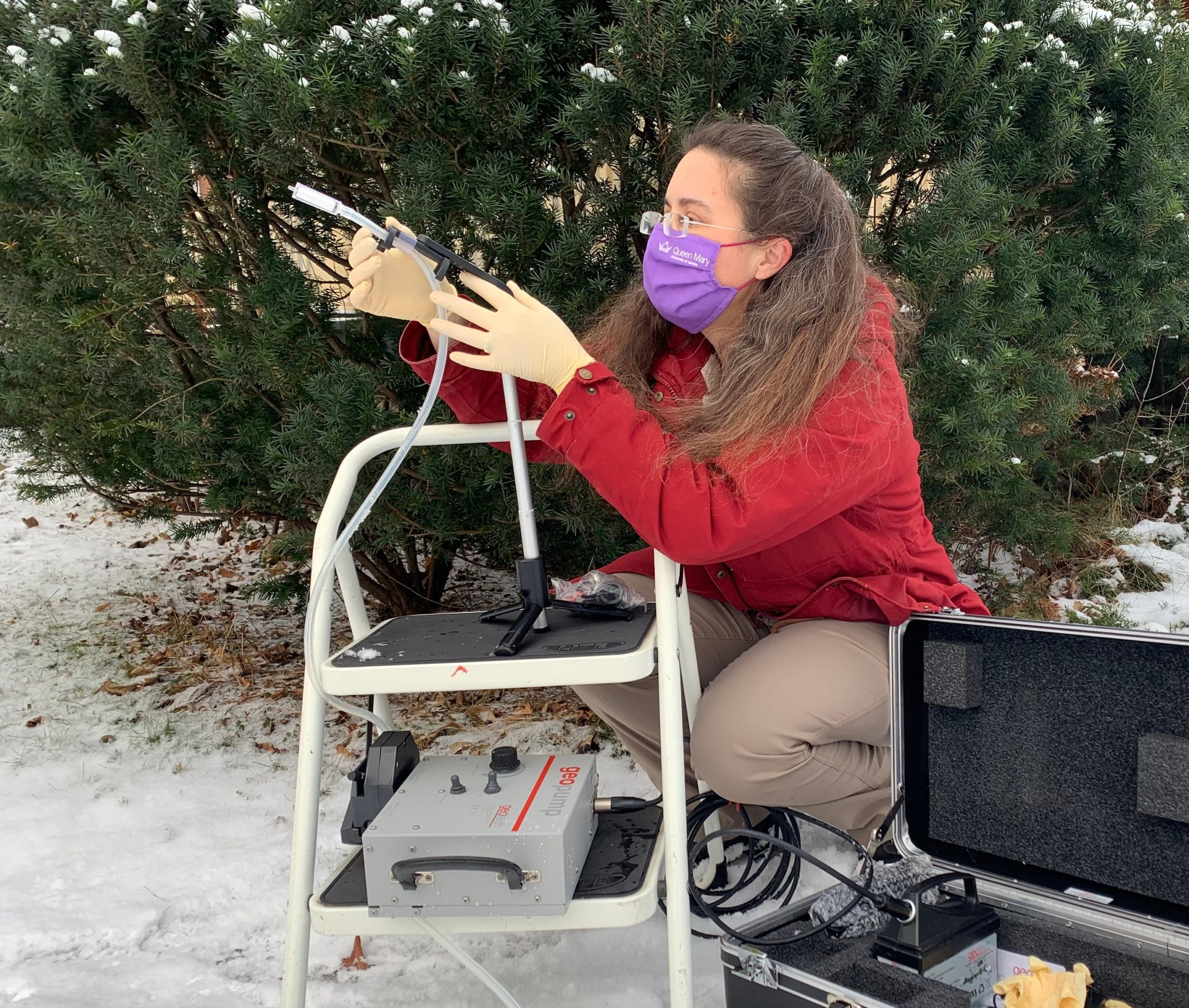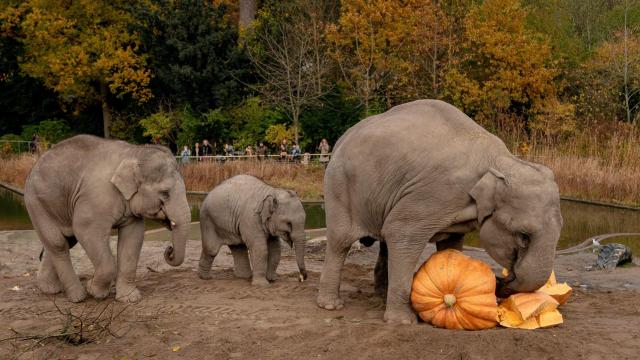Researchers were able to identify 74 species of animals by looking for DNA in air samples collected at two zoos. The experiment shows that free-floating DNA could be used to track wild animals, including endangered or invasive species, without needing to observe them directly.
Environmental DNA (eDNA) has shaken up how animal populations can be monitored, managed, and conserved. Instead of having to find physical evidence of animals — scales, fur, faeces, or sightings — researchers can rely on the microscopic bits of genetic material that fall off creatures as they move around their environment. Merely taking a soil or water sample can give researchers a sense of an entire ecosystem.
But researchers have wondered whether air could provide the same level of information as soil and water. Last year, a UK-based team detected naked mole rat DNA by sampling air from the rodents’ burrows in a lab setting. (They also detected human DNA, presumably from the researchers who worked in the lab.) But proving the method’s success in open air was a different beast. To test the technique further, two research teams used a setting that included unmistakeable subjects: zoos in England and Denmark. Their two papers are published today in Current Biology.
“Both studies have not only pushed the boundaries for what can be done with eDNA but also demonstrated a novel and non-invasive tool to complement existing methods for monitoring terrestrial animals — something of great importance to inform conservation efforts,” said Christine Lynggaard, a geneticist at the University of Copenhagen, in an email to Gizmodo. “By having a new method, we can hopefully help monitoring invasive species, and even endangered species that are sometimes difficult to monitor due to their low population density.”
To run their experiment, the scientists used a fan with a filter, drawing in air from within and around the zoo. The team then used polymerase chain reaction (PCR) — the same tech used in many COVID-19 tests — to amplify the genetic information on the filter, essentially creating many copies of the genetic material they found. They were able to identify 25 species in the UK and 49 species in Denmark. In the UK study, eight of the identified species were animals native to the area rather than zoo inhabitants, while six non-zoo animals were detected in the Denmark study.

“What we show here is that we can detect a wide variety of animal life under effectively natural conditions,” said Elizabeth Clare, a molecular ecologist at Queen Mary University of London and lead author of the UK-based study, in an email. “We detected many of the zoo species but also several species that are native to the area including squirrels and hedgehogs. We also detected some of the food items being provided to the zoo animals.”
Clare’s team also conducted the earlier naked mole rat research. “What we did differently was left the carefully controlled situation of a laboratory and went out into the uncontrolled case of the UK countryside,” she added. “It was winter, so we were subject to temperature fluctuations, snow, rain and wind… all the normal situations we might encounter if we wanted to do this as part of a full ecological survey.”
The closer to extinction a species creeps, the harder it is for it to be monitored. eDNA methods make that conservation work easier. It means keeping track of the last vaquitas and perhaps settling the debate over the fate of the ivory-billed woodpecker.
Airborne DNA still requires more research, but Clare noted how quickly waterborne DNA became a widely used method in conservation. Perhaps the latest innovation in DNA surveys will happen sooner than we think.
